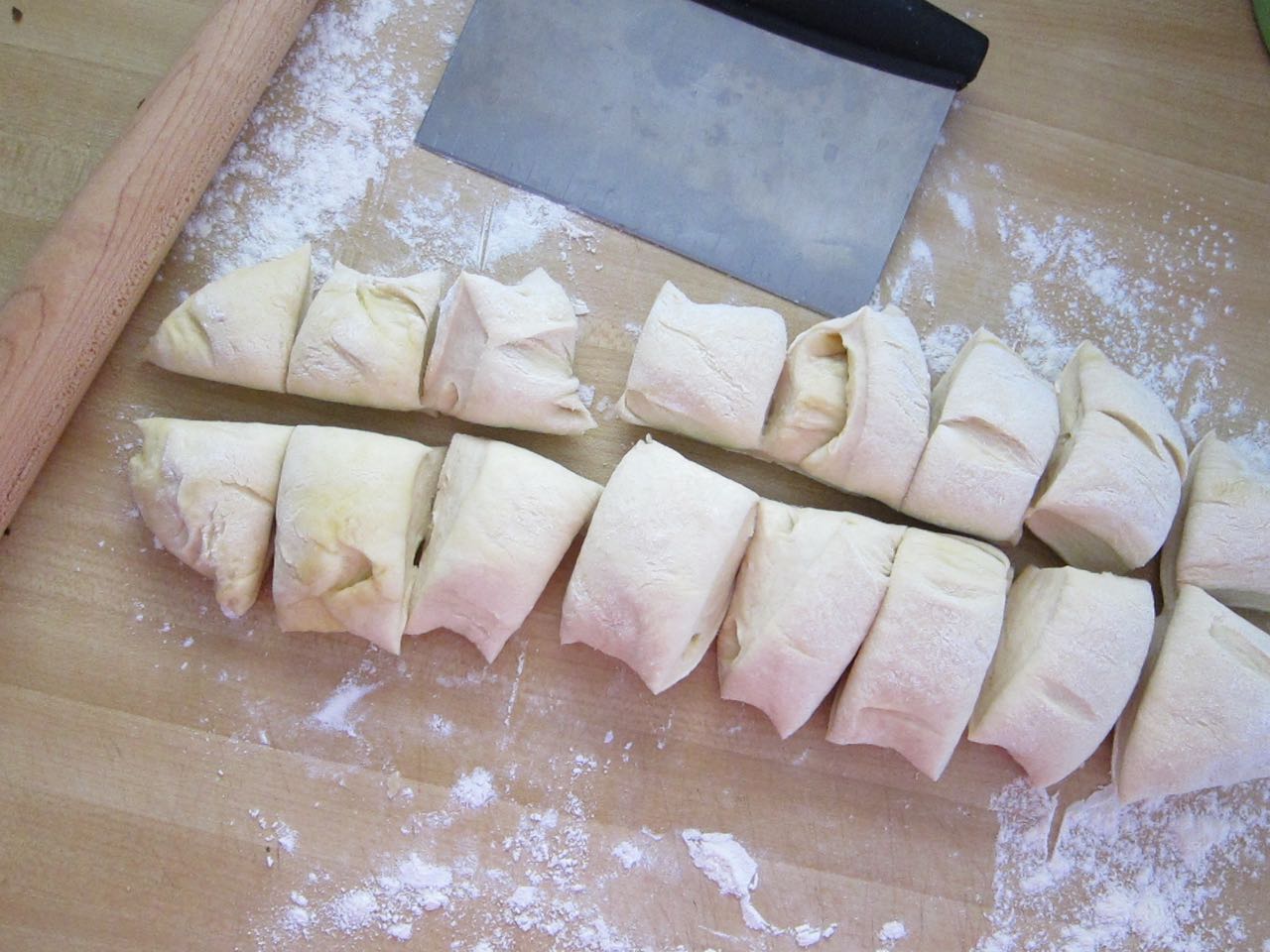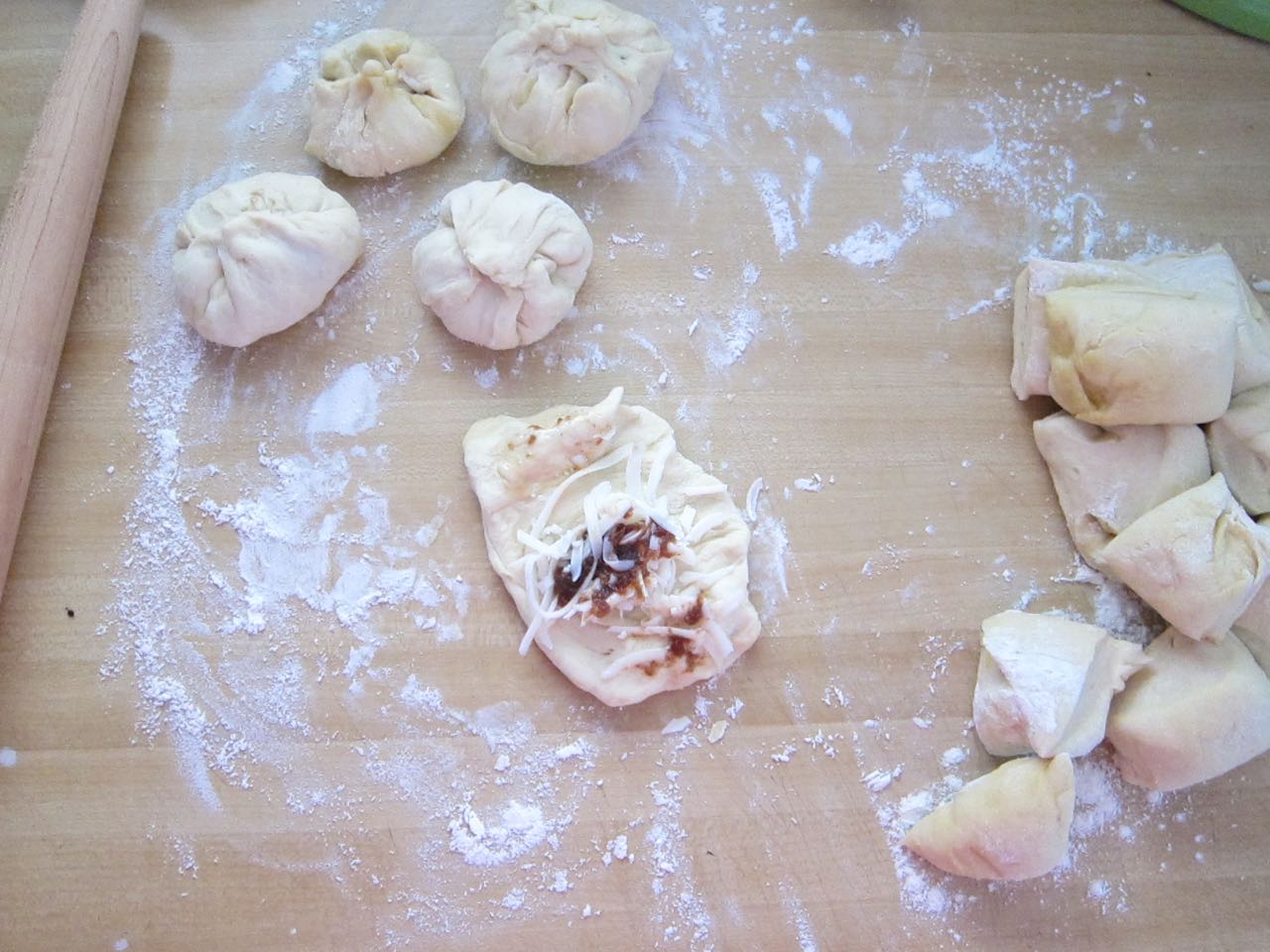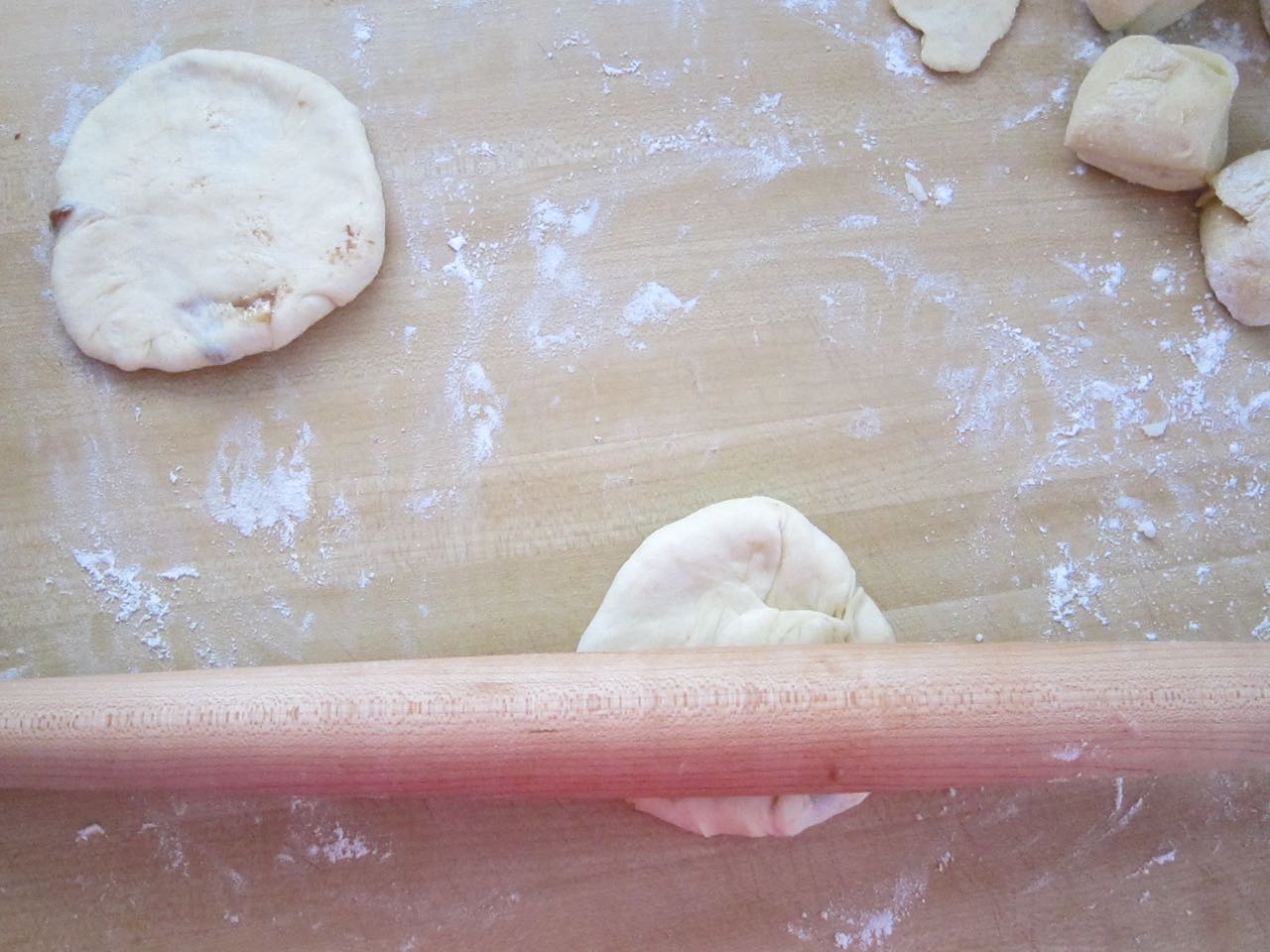Well, it was inevitable, I suppose. The day that my obsession with the Great British Bake Off would follow me into the kitchen and I would feel compelled to begin recreating every challenge from the past 6 seasons, and I would dedicate myself to my new life of sponge cakes and patisserie and short crust pastry.
Ha. Yeah right.
For one, I have a full time job, so no way do I have the time to devote to mastering the ridiculous confections the contestants are told to make, nor do I have any chance of meeting Paul Hollywood or Mary Berry or Mel and Sue and really, what is even the point then?
But I’m still very much obsessed with that show, and a few of the challenges remain rattling around in my brain, gently nudging me to just try them out already. Typically, these are the challenges that I felt I could have done ok in, or at least better than whoever came last (really? you all can make perfect macarons and freaking phyllo dough and yet none of you has ever even tried to make a souffle?), like the jelly-filled donuts or the American pie challenge (who in America has ever eaten peanut butter and pumpkin together in anything?). And once I got to later seasons and they started including Master Class episodes where Mary and Paul show you how to bake some of the challenges, well, I really felt like I could do all of it. I ran into the kitchen, ready to prove to myself that I too have what it takes to be on a public television baking show.
I decided that I wanted to make a stuffed flatbread, so I cued up Paul Hollywood, master bread baker, telling me exactly how to do it so that I could “achieve the perfect result, every time.” Well, apparently I shouldn’t try out for the American version anytime soon, because I haven’t yet learned to trust my own instincts. Apparently when Paul Blue Eyes tells me to only proof my bread for about 15 minutes, I decide to listen instead of using my own baking knowledge that yeast just doesn’t work that fast, and even a flatbread dough needs to rise longer than that, otherwise you just get tough, doughy discs that you can bang on like drums, as I found out. Maybe it was the fault of whoever edited the video, but since I wasn’t actually in the market for edible percussion instruments, I decided to try again, this time using another source recipe, and my own instincts.
This time, my dough proofed until it doubled in size, then I punched it down, rolled it out and filled it with shredded cheese and apple butter, then folded it back up and rolled it out again, then fried it up. I had flatbreads that were cheesy and sweet and not tough. I had done it! I was Star Baker! Now I really feel like I could tackle those donuts. Or short crust pastry. Or hot water crust pastry.
Please, someone tell me what those last two even are.
Apple Butter Jack Flatbreads
Loosely adapted from Paul Hollywood, hence measurements for the bread dough are in grams.
- 500 g bread flour
- 10 g kosher salt
- 1 packet active dry yeast
- 20-30 g olive oil, plus more for kneading
- cold water
- apple butter, for filling
- 4-6 oz jack cheese, shredded, for filling
- Mix together flour, salt, yeast and olive oil and a little water to start, adding more water as necessary to create a shaggy, cohesive dough.
- Turn dough out onto a surface slicked with a little olive oil and knead, 4-5 minutes at minimum, until dough smooths out into a soft, sticky consistency.
- Place in a large oiled bowl and cover. Let rise until doubled in size, about 2-3 hours.
- Turn dough out onto a floured surface and stretch into a log. Cut into 8 roughly equal pieces and form into balls.
- Heat a griddle or skillet over medium-high heat.
- Stretch or roll out the dough balls a bit, then add a small amount of cheese and about a teaspoon of apple butter into the center. Pinch into a parcel, enclosing the fillings, and gently roll out into a round. The fillings may burst out a bit but that's ok.
- Heat some ghee or oil on the hot griddle or skillet and fry flat breads until blistered and golden and cooked through, a few minutes per side. Cut into wedges or strips and serve hot or at room temperature.






